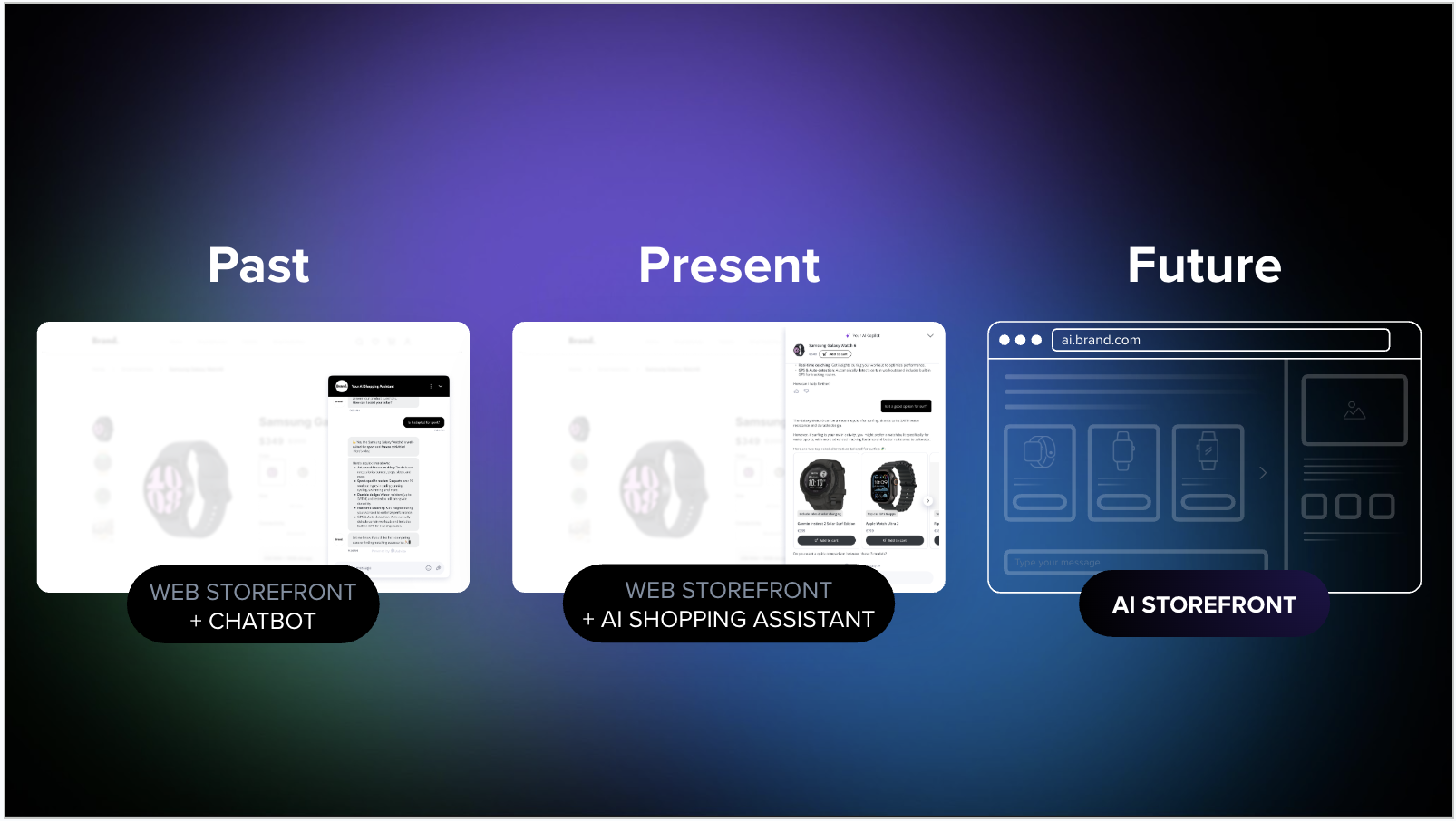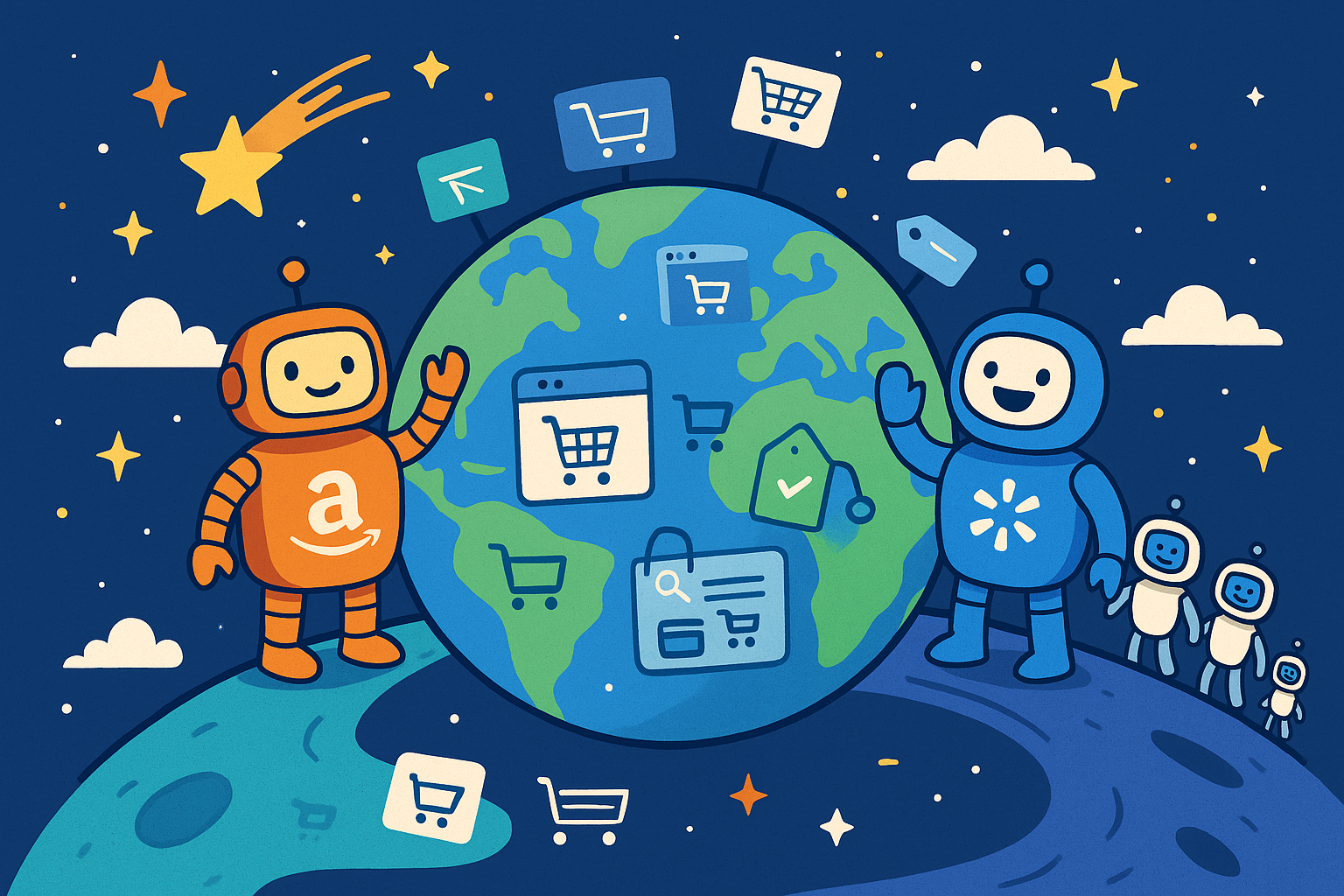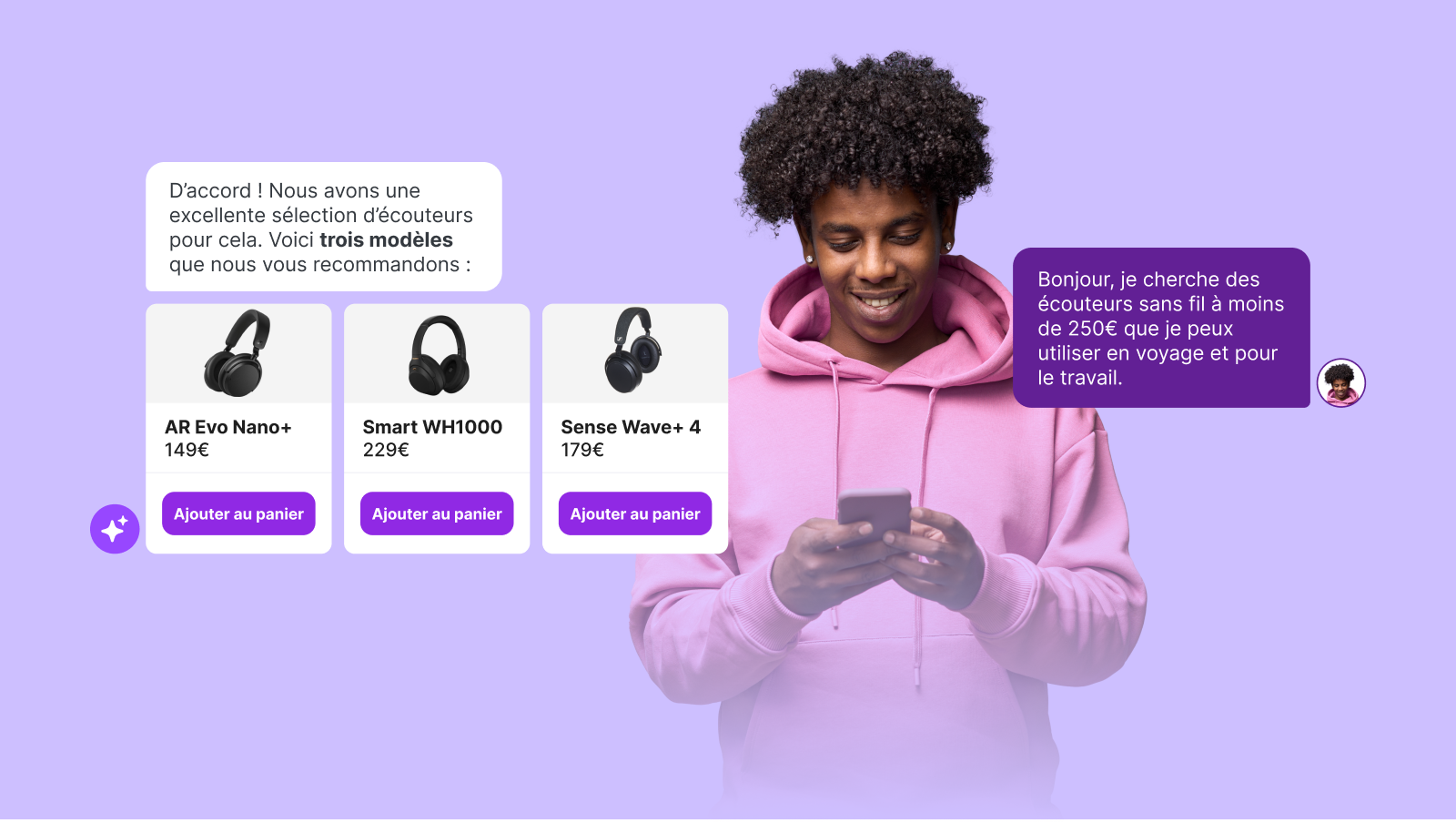Why Shopping Cart Abandonment is a Problem for Businesses
iAdvize
Chances are, you've put items in an online shopping cart but didn't complete a purchase. Maybe you were comparison shopping or got distracted and never went back to the site where you were browsing. It happens. A single instance of cart abandonment isn't a big deal for a company. However, this scenario happens thousands of times each day, to the point where cart abandonment has become one of the biggest challenges digital retailers face.
On a global scale, cart abandonment costs retailers an average of $4.6 trillion a year. An estimated $260 billion of this is recoverable.
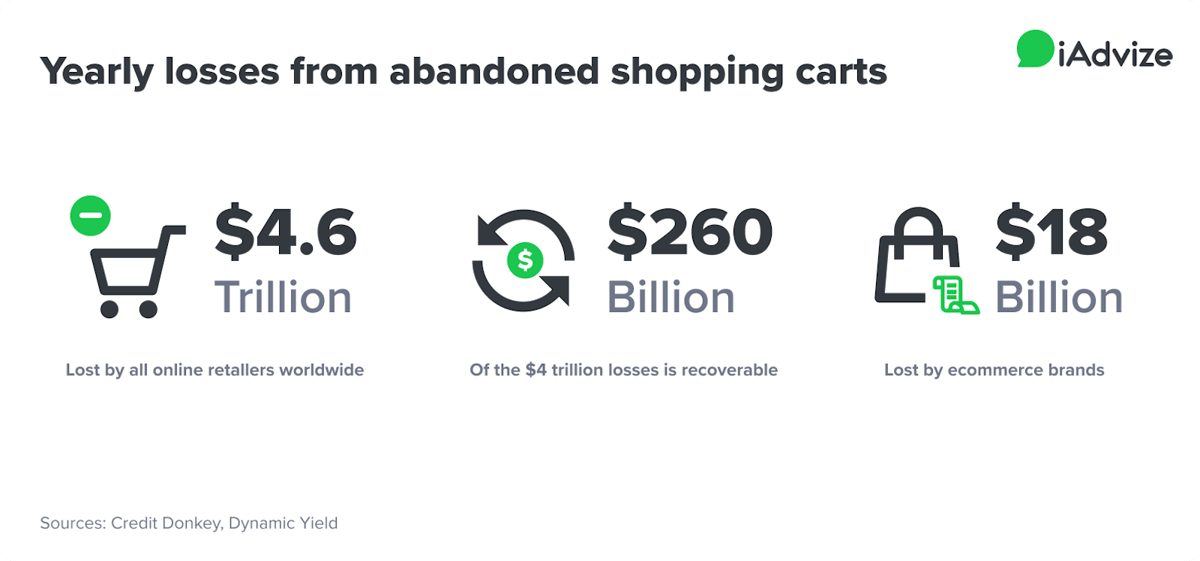
Recovering even a small percentage of abandoned sales can yield significant revenue gains for your brand, and your best bet for doing so is saving the sale before online shoppers leave your ecommerce website. A conversational commerce approach that gives shoppers the right information they need to follow through on a purchase can drive more conversions and increase your average order value (AOV).
How Did COVID-19 Affect Cart Abandonment?
It's no surprise that digital retail sales numbers went up during the pandemic. The bad news is that the number of abandoned carts increased as well.
In the US, online retail sales rose to $791.7 billion in 2020, up 32% from 2019. In tandem, cart abandonment rates climbed up to 95.5% by mid 2020, compared to 85% the year prior.
These trends are continuing in the post-COVID era, and customers' appreciation for online shopping is here to stay. Research from International Post Corporation revealed that many people turned to digital buying out of necessity during the pandemic, but most plan to continue buying online going forward.
60% of Americans confirmed that they purchased more online during the pandemic, with 59% indicating that they planned to continue buying online in the future.
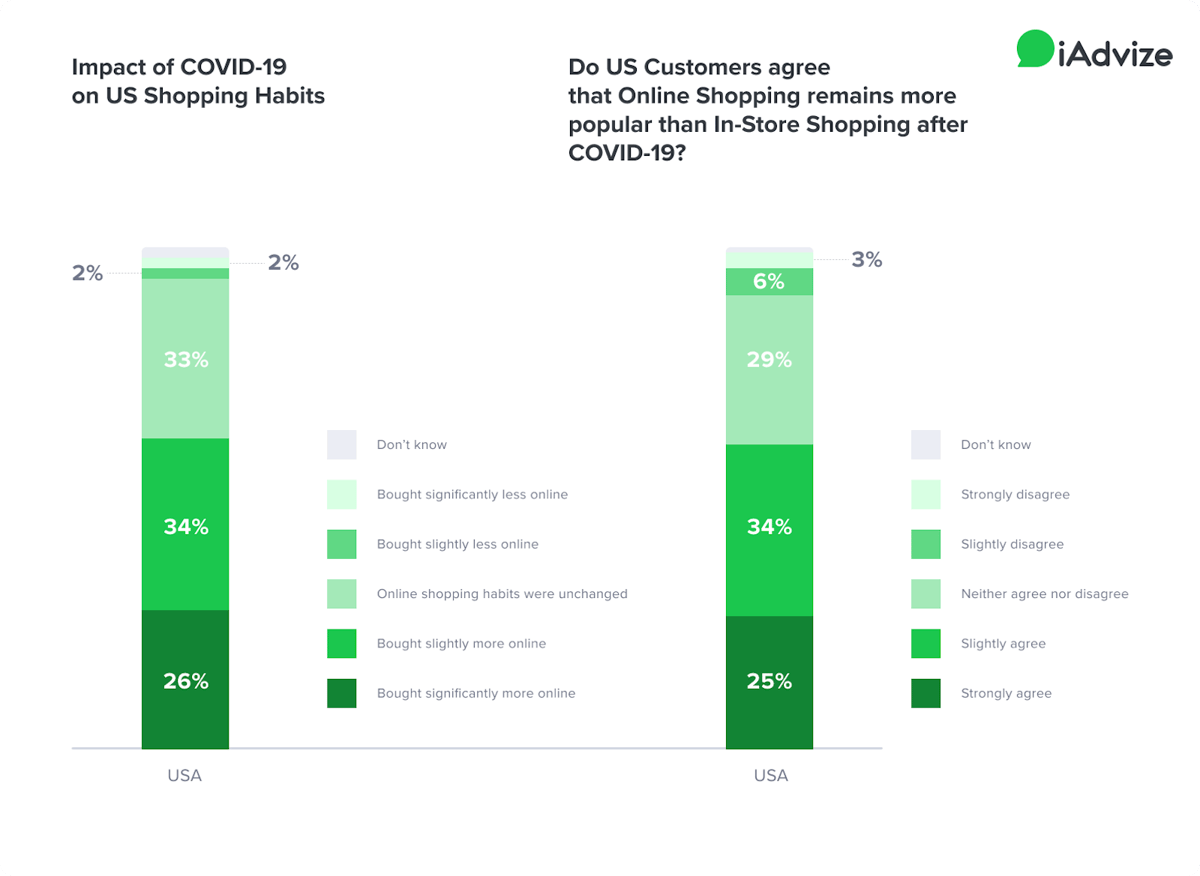
There's no doubt that more people turned to online browsing to curb boredom during the COVID-19 period. So the spike from mid-2020 was likely an anomaly. That being said, industry experts know rates are still high. According to the Baymard Institute, the global average shopping cart abandonment rate is around 70%.
How Does Shopping Cart Abandonment Vary by Industry?
While a general statistic tells a story, it doesn't help you understand if your numbers are on par with your industry peers. Data from Statista shows that rates across sectors can vary widely. At the low end, insurance providers have a rate of just under 70%, while automotive has the highest at nearly 97%. Another Statista study found that high shipping costs and discount code problems were the top two reasons for these high rates in the US.
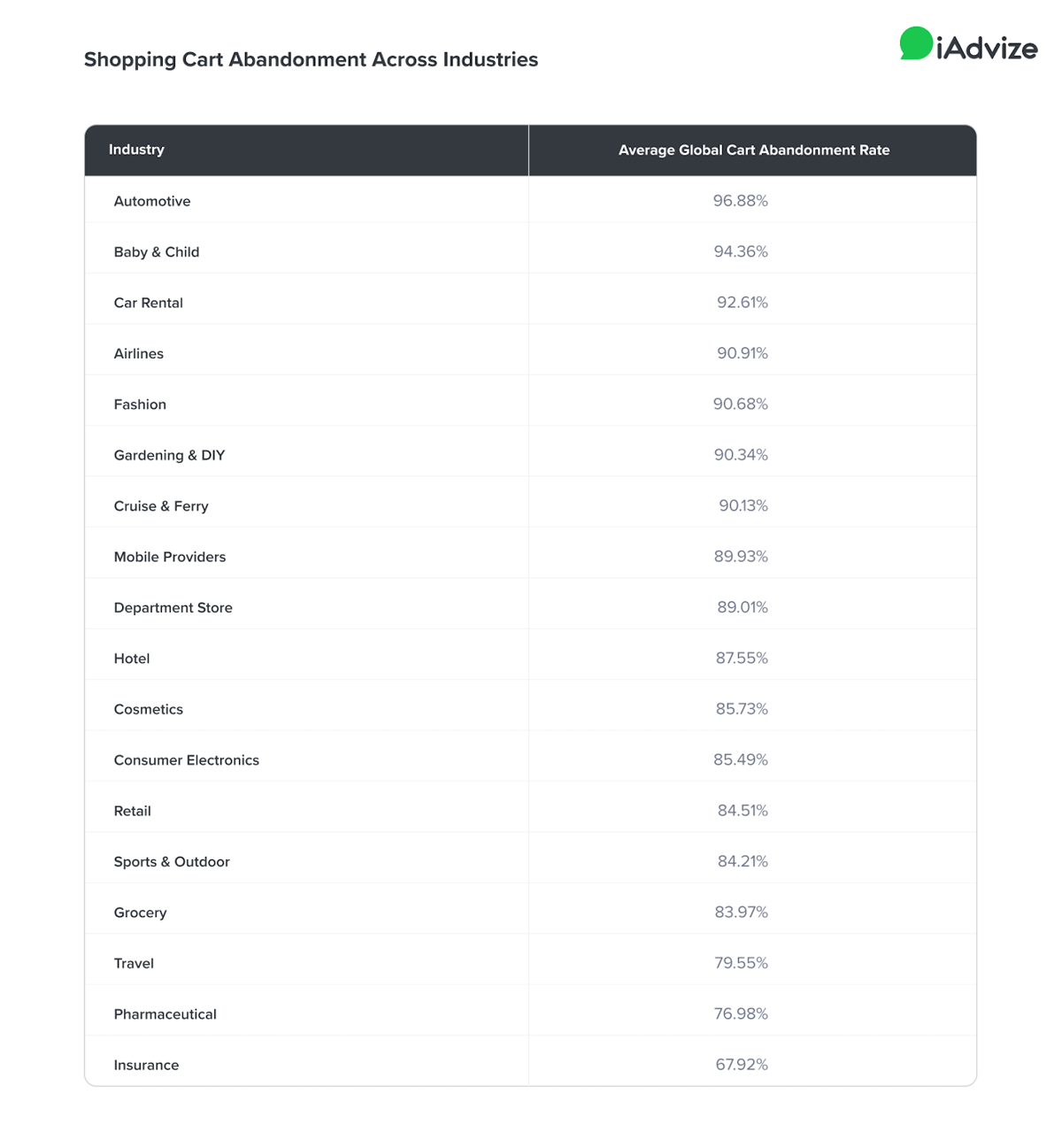
How Does Shopping Cart Abandonment Vary by Device?
Another factor that drives this statistic is the device online shoppers use. As research from Barilliance shows, it goes up as screen size goes down:
- 85%: Mobile phone average rate
- 80%: Tablet average rate
- 73%: Desktop average rate
What does this mean for the ecommerce retailer? While there's room for improvement everywhere, brands can't ignore their mobile users. Focusing on a high-quality, mobile-first user experience (UX) is a must to stay competitive and achieve mores conversions.
Why Do Consumers Abandon Shopping Carts?
Understanding metrics matters, but addressing this problem requires that you gain insights into the 'why' behind consumer behavior. There are many factors why people don't complete transactions, and knowing these can help you infuse more personalization into your strategies that better encourages sales.
- Window Shopping: For some people, browsing online is a way to visualize possible future purchases. For example, people may browse travel websites to plan a dream vacation for the future. Or they may use a cart as a way to collect ideas and start to budget for home renovations. Others browse to pass the time and ward off boredom.
- Comparison Shopping: Some browsers are ready to buy but want to do their homework first. They visit several sites to compare products, pricing, and the incentive to buy before they order. You can guide these people through the salecycle by providing them transparent information on products, extra costs, payment options, the checkout process, and return policies.
- Budget and Finance Issues: Some browsers want to buy, but the price can hold them back. If they expect to pay a specific amount at checkout only to discover extra fees or expensive shipping, they could be forced to not follow through. Others may not be able to pay the total price upfront and want multiple payment methods.
- Logistics: It's common for brands to ask customers to create an account before purchasing, but this requirement can be a deterrent. Buyers also grow frustrated when faced with complicated checkout processes, an inability to see final prices before checkout, and slower-than-expected delivery.
- Lack of Confidence: 55% of the shoppers say they'd abandoned a purchase because they didn't feel confident about it. 60% don't trust online reviews, and 42% feel overwhelmed by the amount of options.
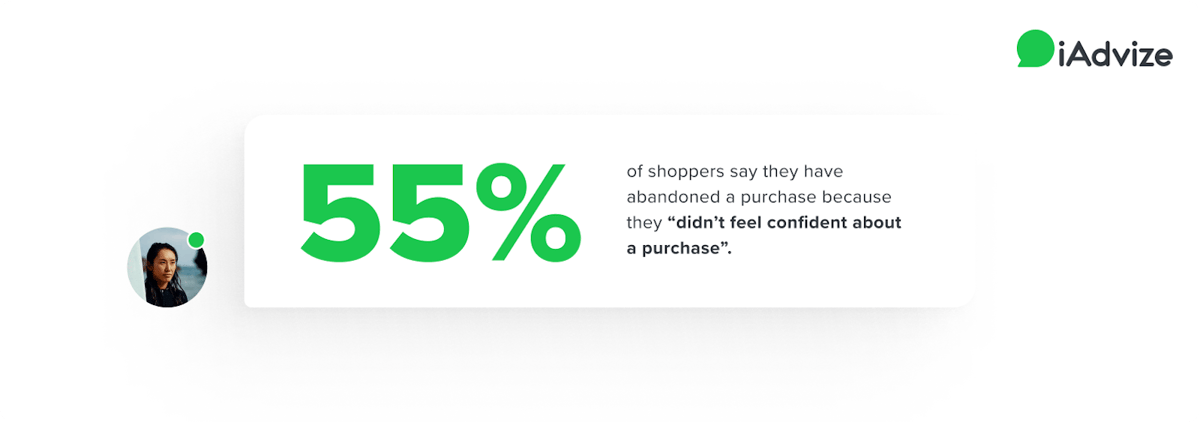
Shopping Cart Abandonment Engagement Strategies
While you can't recover every lost purchase, you can address them after the fact in a way that might save the sale. Every retailer is focusing on re-marketing strategies that targets users after they leave their website. These tactics are a step in the right direction to decrease cart abandonment rates.
How does this work? Retailers can tell when a user leaves items in their cart without purchasing. If a visitor has signed up for an account or if you can find their contact information, it's easy to follow up with some sort of message or content piece.
Abandoned Cart Emails to Online Shoppers
Reaching out after users leave your site is important because they might have intended to complete the purchase but another factor got in the way. Sometimes, all they need is a little extra nudge or a small discount to buy. So, it's no surprise that recovery emails earn high open and click-through and conversion rates.
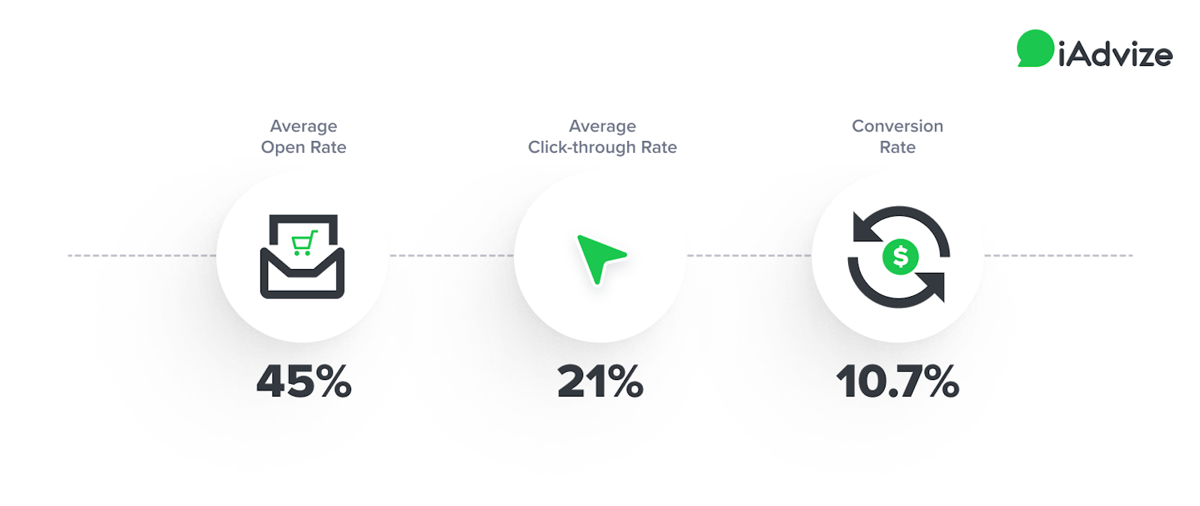
Recovery emails are 'trigger emails', which is a type that ties directly to a prospect's action. These emails perform 3x better on average than nurture emails tied to specific personas or batch emails to a broad mailing list.
While this methods has proven its value, more retailers are also experimenting with recovery texts and seeing a positive result. Retail TouchPoints reported that one company achieved an impressive 15% conversion rate by including texts in their recovery campaigns.
Abandoned Cart Retargeting Ads
When you add cookies to visitors' browsers, you can track them with retargeting applications. This way, you're showing ads to people who've visited your website and left products in their carts. You can personalize them in one or more of the following ways:
- By checkout stage: Some people place products in their carts with no intent to buy, while those who advance through checkout are likely considering a purchase. You can adapt ads based on their last step in the checkout process. If a person left your site after seeing the shipping costs, you could offer free shipping.
- By product: An ad that shows pictures of the products left in a person's cart is more likely to grab their attention and drive conversion.
- By first-time vs. returning: If you identify that this is a visitor's first time shopper on your site, include a 'welcome discount' in your ad. For returning buyers, your ad could consist of a message that thanks them for their business and loyalty.
- By cart size: You should treat lower-dollar-value carts differently than ones with higher total costs. A user who puts $50 in products in a cart may value a free shipping coupon. By contrast, people who abandon $500 carts may appreciate discounts on premium products.
Ecommerce Push Notifications
Web push notifications are another tactic brands are using to recapture abandoned transactions after shoppers leave their websites. When someone visits your site, you can ask if they'd like to receive notifications. Opting-in to this means you can send messages even when they are not actively on the website. While push notifications are helpful to share details about news and special promotions, you can also use them as reminders about products left in a cart.
Preventing Cart Abandonment Before It Happens
For every person who appreciates an email, text, ad, or push notification reminding them of products in their cart, there's likely another who hates them. After all, having a brand tracking your behavior on its website can seem invasive, especially if you're not particularly loyal to that brand. Poorly-timed or worded recovery outreach can drive away the very shoppers you're hoping to win over.
While these tactics are valuable, they still lack a vital element: the human touch. People want support from brands while shopping online. Information and advice from a human customer service agent can help browsers evaluate products and make informed buying decisions.
A significant amount of digital buyers feel anxious before and after an online purchase. 60% of consumers claim to "need more advice when making a complex purchase," while 56% say they "need more support from a retailer when buying high-value items." When shoppers do get the support they need, they are much more likely to buy.
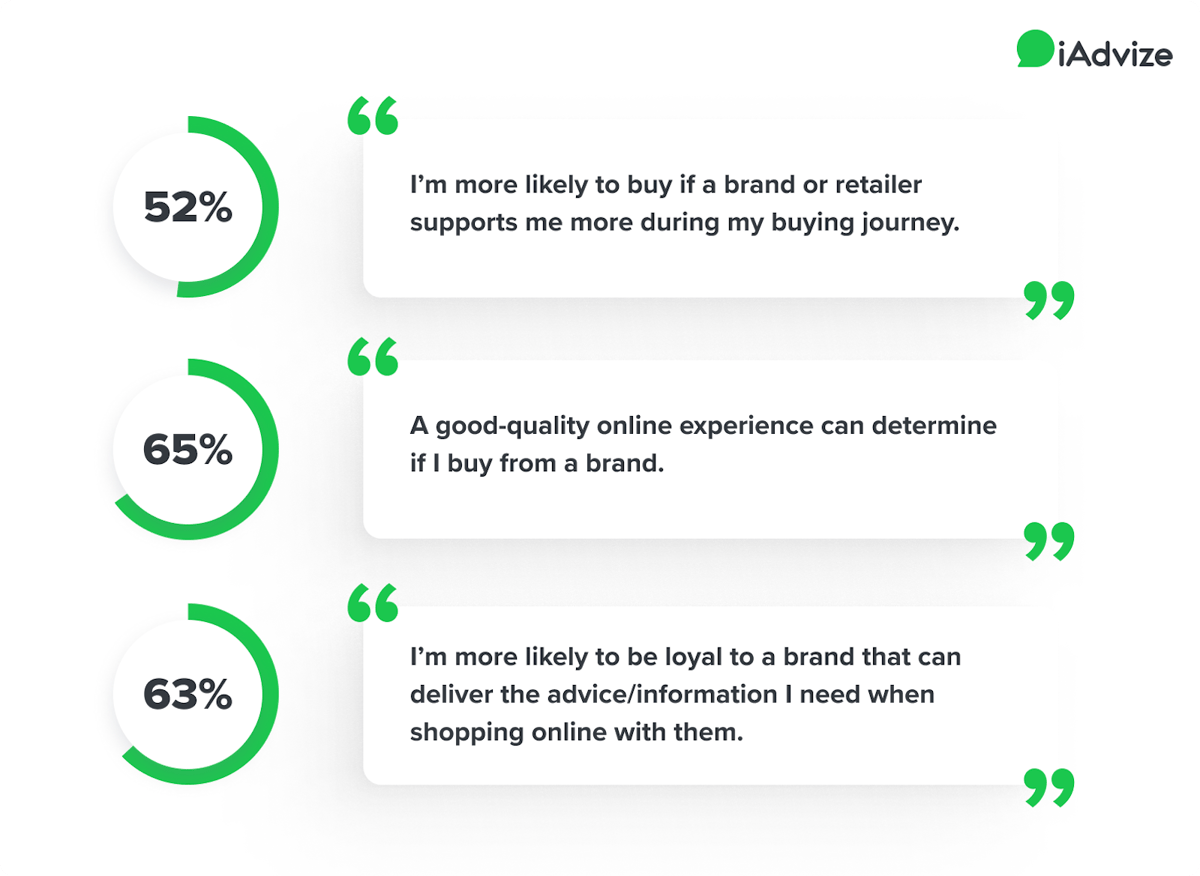
How can you engage with high-intent browsers before they leave your website? A conversational commerce platform lets you use behavioral targeting to identify likely-to-buy shoppers and give them options to engage with your brand. The best solutions offer consumers a choice, like an AI assistant for product information-related questions or an opportunity to live chat with a customer service agent.
Often, agents are not in the best position to handle pre-sales inquiries. Their task is to manage many after-purchase needs, and shoppers may perceive CSRs as more focused on closing the sale than offering genuine advice. That's why a strategy that includes brand experts drawn from your community of customer enthusiasts is the optimum approach.
Our research also showed that shoppers could feel overwhelmed by options when shopping online. Consumers may experience a "paradox of choice," a feeling of overload that arises when presented with too many options. Instead of making shoppers feel confident, too much information can confuse them about what they want to buy and create lingering buyers' remorse after a purchase.
What does this mean? You may offer abundant product details and specifications on your website, but shoppers need genuine perspective on how products will fit into their lifestyles. By drawing on existing customers who are passionate about your brand to provide advice, you give shoppers an authentic voice who knows how your products work in the real world.
Another advantage: You can make on-demand expert support available 24/7 on your website. Even if shoppers contemplate purchases after business hours or on weekends, you can offer personalized guidance on buying decisions. While you'll see cart abandonment drop, you'll gain other business benefits as well, including higher conversion rates, increased average order value, and more repeat purchases.
Solving the Cart Abandonment Problem in Retail
The truth is, some shopping cart abandonment will happen no matter what you do to prevent it. Some consumers just enjoy window shopping, while others don't purchase because of price concerns. Data from Forrester reveals that 88% of consumers have abandoned a cart before completing a transaction.
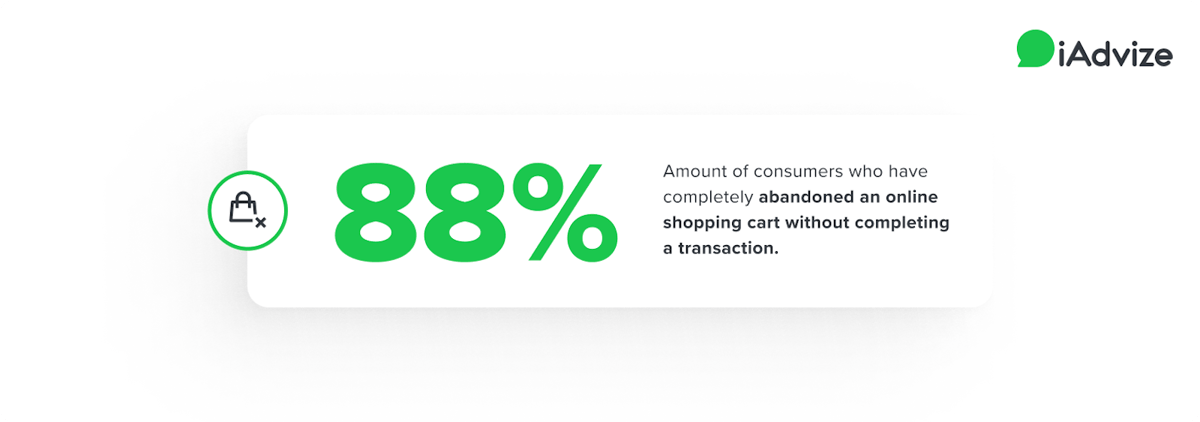
You can try to lure customers back to complete a purchase after the fact through re-marketing strategies. But today's ecommerce leaders are taking a more proactive approach, one that focuses on building relationships and saving the sale before customers leave their sites. With a conversational commerce approach, users know that the help and advice they need is readily available 24/7.
Give shoppers the choice to interact with a generative AI-powered chatbot, an in-house support professional, or an on-demand brand advocate to help them take the next step in their salecycle. Always ensure that the opportunity to connect to a human for live chat support is within reach.
Brands are learning that focusing on products and pricing alone isn't going to win over customers. Instead, people want authenticity and to know that businesses value them as people. A conversational commerce approach does just that. By providing the opportunity to interact with your brand before buying, you're removing the impersonal and overwhelming elements of the online salecycle that creates barriers to purchasing.

.png)
.png)



